What is a sustainable, cattle-friendly feeding strategy?
Meeting the animals’ nutritional requirements…..
Feed that is intended to ensure optimum, quality production rather than maximising production while meeting the nutritional requirements of the livestock at various stages of their development. Force-feeding should not happen.
…… physiological functioning….
Using feeds to formulate diets that meet the proper physiological functioning of the animal, including:
- The feeding of young mammals being based on natural milk, preferably maternal milk with all calves receiving natural milk for at least three months
- After weaning, calf rearing systems should be pasture-based, depending on the seasonal availability of pasture
- Diets that contain a high proportion of forage from dry matter i.e., at least 60% of the daily dry matter to consist of roughage, fresh or dried fodder, or silage
- All animals should have free access to fresh, clean water at all times
……and meeting behavioural needs……
- Allowing appropriate feeding behaviour by not only offering natural feeds but also using animal-friendly feeding techniques and providing appropriate feeding environments. This would include access to grazing and giving sufficient and accessible indoor feeding space for housed animals
……..with feeds from a sustainable source………
- Every effort should be made to feed livestock from crops grown on the farm, or from feedstuffs grown locally using sustainable production methods, including co-operation between livestock and crop producing farms. Ensuring that related farming activities i.e. producing crops as animal feeds, are sustainable in the sense that they aim to minimise greenhouse gas emissions, do not pollute the environment and contribute positively to the conservation of biodiversity. This would exclude growing GM crops
Are you an organic farmer?
For organic farmers, there are additional regulations that refer to prohibitions on:
- Antibiotics, coccidiostats, medicinal substances, growth promoters or any other substance intended to stimulate growth or production should not be used in animal feeding.
- Feedstuffs, feed materials, compound feeding stuffs, feed additives, processing aids for feeding stuffs and certain products used in animal nutrition must not have been produced with the use of genetically modified organisms or products derived therefrom.
Organic farmers also need to be aware of regulations pertaining to the allowable percentage of ‘in-conversion’ feeds permitted and also the permitted products listed within organic regulations that may be required to satisfy nutritional requirements of cattle (i.e., minerals, vitamins, trace elements) or as additives for the purposes of preserving, conserving and processing feeds.
Health and Welfare Impacts
Maximising forage use in cattle diets should encourage optimum rumen functioning. However, care must be taken to ensure that the limitations imposed by feeding strategies do not compromise the health and welfare of livestock. Failing to meet the high nutrient demands of early lactation in milking cows, by restricting concentrate usage for example, may reduce the animals ability to combat diseases such as mastitis and lameness. Ketosis arising as a result of energy deficit, and other problems such as poor fertility leading to high culling rates, may also be the result of inappropriate nutrient supply in early lactation.
Key nutritional considerations on low input cattle farms
 There is a need to be aware of nutritional deficiencies when solely home-grown feed is used, particularly in areas where inherent soil deficiencies are known to be prevalent.
There is a need to be aware of nutritional deficiencies when solely home-grown feed is used, particularly in areas where inherent soil deficiencies are known to be prevalent.
![]() There is a need to be aware of potential energy deficit in early lactation dairy cows on high protein content forage diets.
There is a need to be aware of potential energy deficit in early lactation dairy cows on high protein content forage diets.
Feeding and Breeding
Selecting breeds that utilise forage well is a fundamental component of sustainable livestock systems. The compatibility between the genetic merit of the cow and the type of livestock system will depend on the quality of forages produced on the farm and the level of concentrates fed annually. Using high genetic merit animals, selected for maximum production, may result in welfare issues within systems aiming to maximise production from forage as it is unlikely that the animal will be able to consume sufficient quantities of dry matter to meet nutritional demands.
Sustainable Sources of Feed
The aim should be to feed cattle as much forage as is possible, and from largely home-grown sources integrated into the rest of the farm cropping system. Whilst feeding purchased concentrates to cattle can increase productivity, the sustainability of the system is markedly reduced and health risks are increased (Weller and Bowling, 2007).
Feeding animals entirely from feed sources produced on the same farm can be a significant challenge for some farms, and an option may be to grow whole crop forages, such as whole crop cereal silage, or whole crop legume silages, such as peas or lucerne. The inclusion of forage legumes in the diet of cattle improves the nutritive value of the diet and may significantly improve individual performance animal performance. Legumes also contribute to building soil fertility.
Feedipedia
is an open access information system on animal feed resources that provides information on nature, occurrence, chemical composition, nutritional value and safe use of nearly 1400 worldwide livestock feeds www.feedipedia.org.
Trace Elements
- The mineral content of individual feed components, which may vary considerably between geographic areas for some minerals;
- The availability of the mineral in the feed i.e. what chemical structure does it exist in
- The adaptive capacity of the animal e.g. some minerals are absorbed by the animal more quickly if the animal is deficient
- If there are body stores of the minerals which can be mobilised during periods of deficiency
| The Major Elements | The Trace Elements |
| Phosphorus (P) Potassium (K) Magnesium (Mg) Calcium (Ca) Sulphur (S) |
Iron (Fe) Manganese (Mn) Copper (Cu) Zinc (Zn) Molybdenum (Mo) Selenium (Se) Cobalt (Co) Iodine (I) Boron (B) |
Deficiencies of some of these key minerals are covered within the disease section.
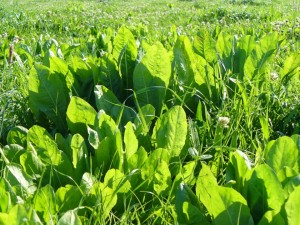
Plants such as chicory are deep rooted and able to exploit otherwise inaccessible nutrients. They also have anthelmintic qualities. (Image source: agricom.com.au)
While using mineral supplements are an option to balance rations, in most situations, a largely forage based diet should be sufficient to meet the requirements of most minerals.
Sustainably managed, home produced feeds may involve practices such as more sympathetic management of the soil, better biological activity, more balanced crop rotations, less production pressure on livestock enterprises, more diverse swards and a prohibition of artificial fertilisers. It may be expected that these practices reduce some of the problems of micro-nutrient deficiency that are seen in intensive systems. However, there are still likely to be regional and local inherent deficiencies of certain trace elements that may be enhanced on farms that are attempting to keep animals entirely from home-grown feeds. Approaches to dealing with these should be embedded within the Farm Health Plan.
Using traditional species of grasses, herbs and forbs within a grazing ley or forage crop can also impact on mineral supply. Many of these are deep rooted and thus able to reach supply of nutrients in deep soil layers. Animals grazing on these can benefit from the higher mineral status.


 American English
American English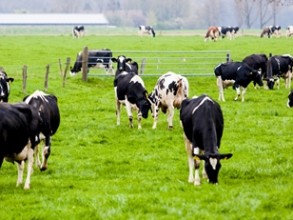
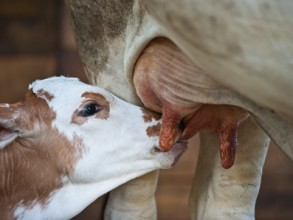
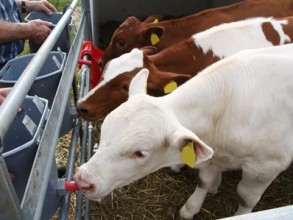
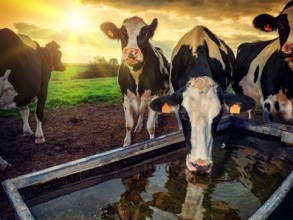
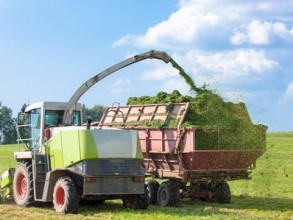
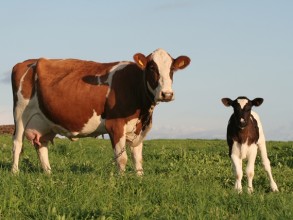
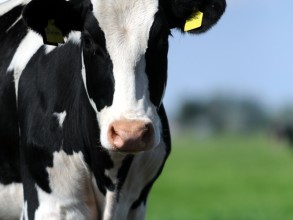
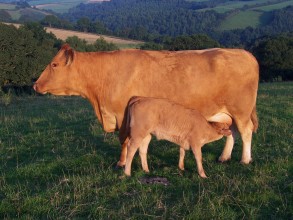
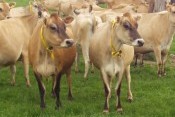


Comments are closed.